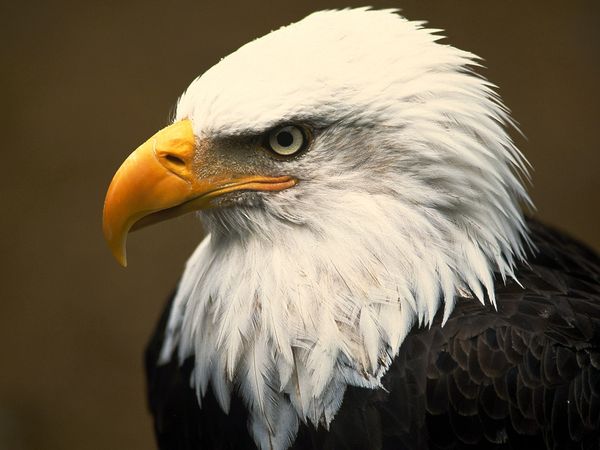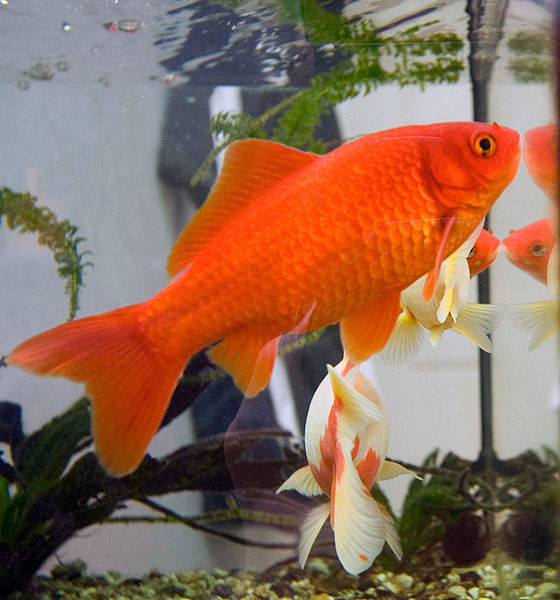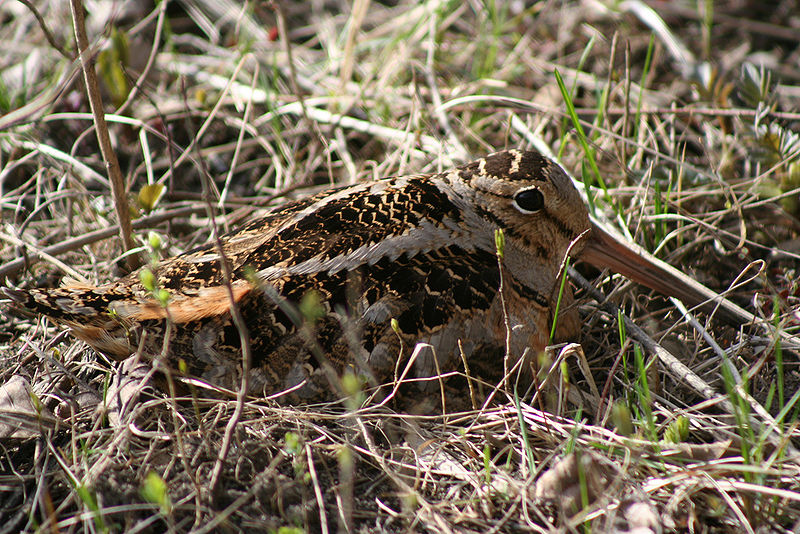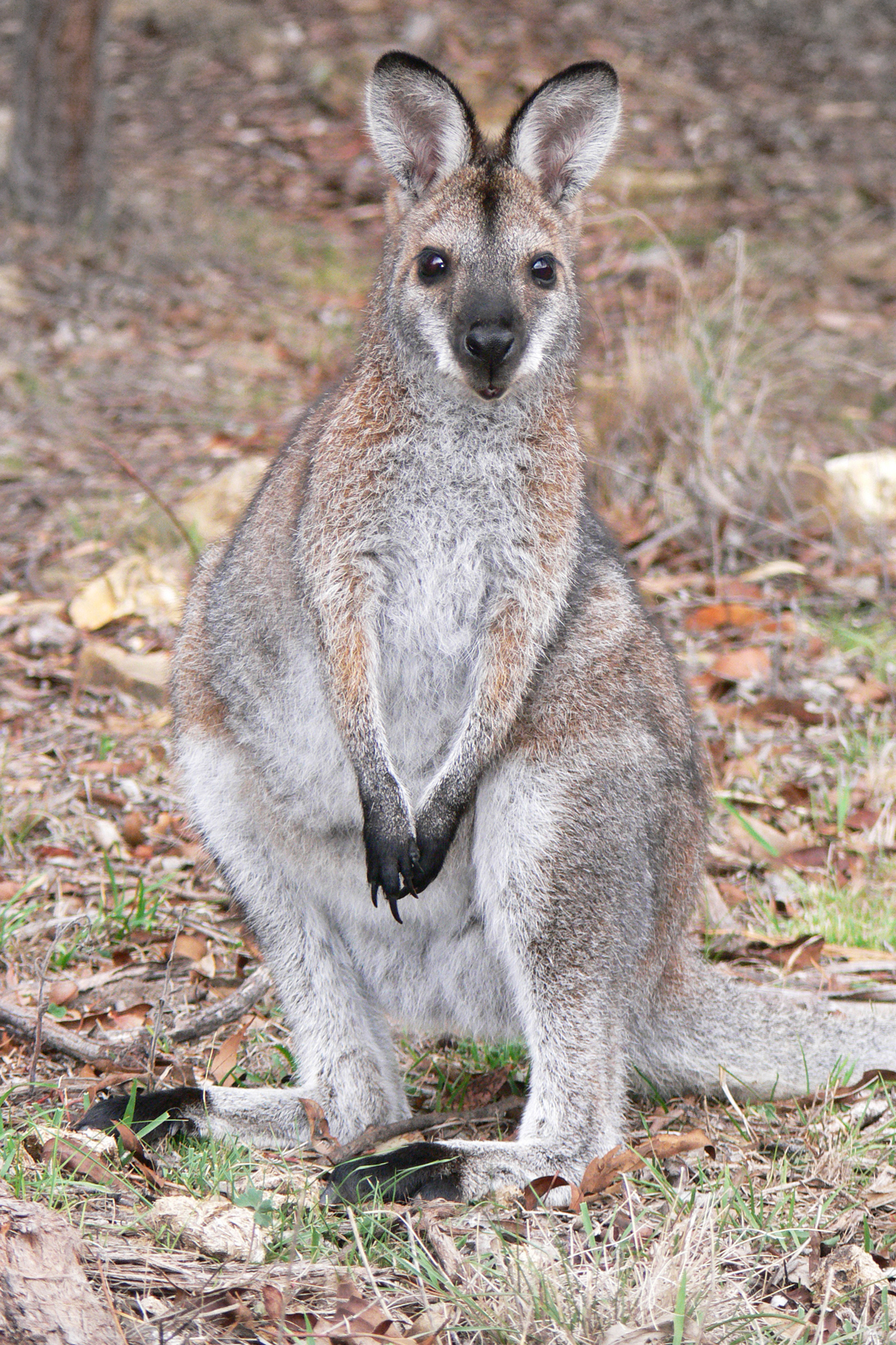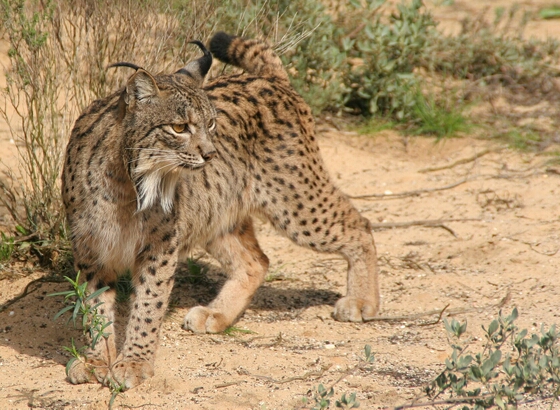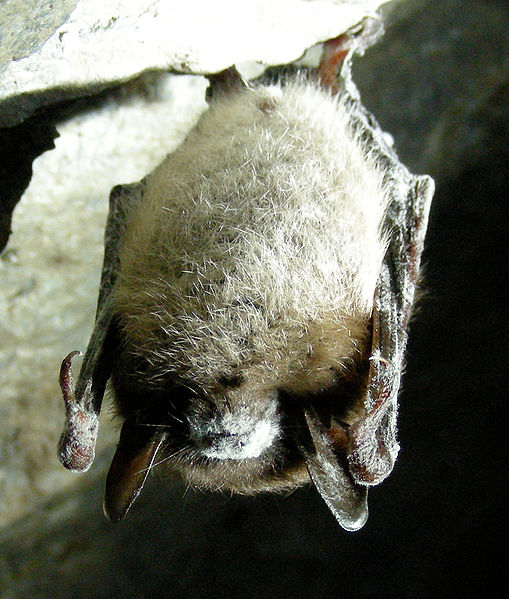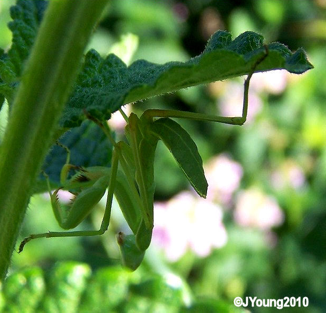
Cool Facts About The Giant Green Mantid
- Similar to other “Praying Mantids” species, the Giant Green Mantid is a medium to large mantid ranging in size from 60 mm to 80 mm (2.4” – 3.1”) in length.
- The centers of the Mantids eyes are more developed than the rest of their eyes and provide them with greater acuity, which may be why they tend to turn their heads at any moving object.
- The eyes of the Giant Green Mantid will change colouration. Specifically, as evening approaches, the pigment in their eyes will darken to a purplish colour, this allows them to better utilize the dwindling light for hunting purposes.
A Dangerous Predator
One of the most prominent features of the Giant Green Mantid, or any Mantids species, is their large predatory legs, which earned them the nickname “Praying Mantis” since it looks as though they are praying. Nevertheless, these large insects are not angelic and most likely patiently waiting to attack their next victim. Even though Giant Green Mantids eat a variety of insects, their favourite food source is caterpillars. Using their large predatory legs, which are equipped with spikes, they ensnare and pin their prey, which includes moths, grasshoppers, and crickets among many others. Amazingly, these sizeable insects have been known to eat small tree frogs and lizards.
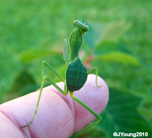
The Mantid Murderers
Despite being a veritable bully of the insect world, Giant Green Mantids need to be watchful of larger predators like birds and reptiles. To avoid being devoured by predators as well as to capture prey of their own, Giant Green Mantids rely heavily on camouflage. Naturally, their colouration allows them to blend in very well with their surroundings. However, Giant Green Mantids go one step beyond just looking like a leaf: they actually sway back and forth in a rhythmic fashion to simulate a leaf blowing in the breeze.
Don’t Bite My Head Off
Giant Green Mantid males also need to be on the lookout. As with other Mantid species, the male Giant Green Mantid must be careful during mating as the females of the species are often cannibalistic and may eat their sexual partners. Eating their mate provides the female with the energy required to lay her eggs, or ootheca, which is simply an egg case.

